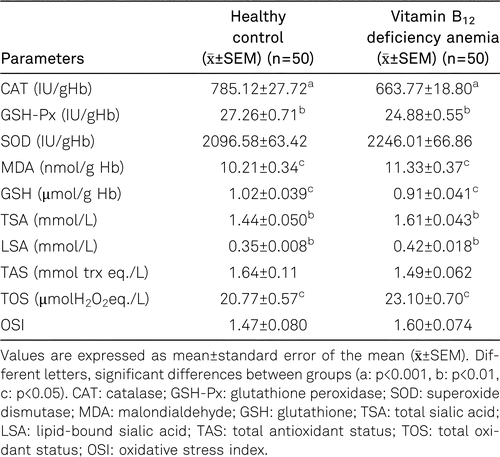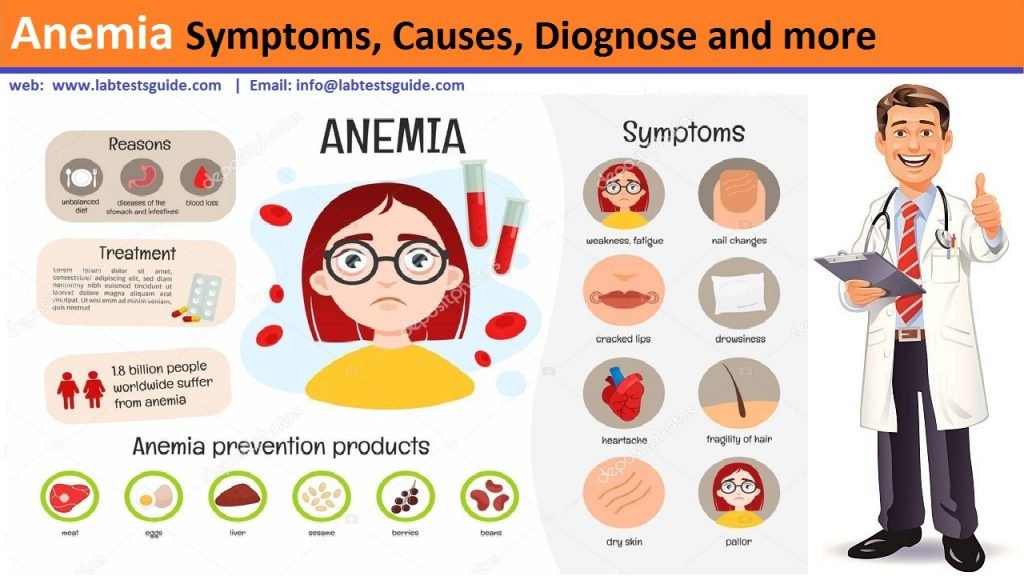

There’s no reason to suspect that this person has a hemoglobin variant. The trait, which is what you see most commonly where a person has some hemoglobin A and some of the variant, is clinically silent.
#Can low b12 give low hematocrit and hemoglobin professional
Q: How would a health care professional know if their patient with diabetes has a hemoglobin variant?Ī: Normally, health care professionals wouldn’t know if their patient has a hemoglobinopathy. Many of these people also have diabetes, so that’s why hemoglobin variants are discussed so much with regard to hemoglobin A1C testing. In this scenario, you have no disease and there is no reason to test for the variant, so you don’t always know that they are there in the heterozygous form.Ībout 7% of the world’s population has some heterozygous variant. For example, with sickle cell trait (heterozygous HbS or HbAS), there is HbS and there is also HbA, so less than half of the hemoglobin is the variant.


It’s easy to detect these if you test for them, but they are not usually tested because we see these variants in the heterozygous form. S, E, C, and D is the order of worldwide prevalence, so sickle cell (S) is the most common hemoglobin variant. Q: What are some common types of hemoglobinopathies?Ī: There are hundreds of hemoglobin variants, but there are four that are the most common: The A1C blood test, also called the hemoglobin A1C test, HbA1c, or glycated hemoglobin test, reflects a person’s average blood glucose levels for the past 3 months. For instance, certain variants can cause falsely high or low A1C test results depending on the method used. Some hemoglobin variants can affect some HbA1c methods, but not all of them. These less common forms of hemoglobin are called hemoglobin variants, or hemoglobinopathies.

Some people have both HbA and another kind of Hb, such as hemoglobin S, C, D or E. Q: What are hemoglobin variants and how can they affect the reliability of the A1C test used to diagnose and manage diabetes?Ī: Normal human hemoglobin is made up of about 98% hemoglobin A (HbA). Little, PhD, discusses how hemoglobin variants can give falsely high or low readings with A1C testing methods, and how this can lead to the over-treatment or under-treatment of diabetes. Kidney disease and kidney cancers can lead to high RBC counts as well.Health care professionals may use the A1C test to diagnose and manage patients with diabetes, but what are some factors that can affect the reliability and interpretation of A1C? In the second post of our Interpreting A1C blog series, Randie R. Performance-enhancing drugs like protein injections and anabolic steroids can also increase RBCs. Lung or heart disease.Ī high RBC count may be a result of sleep apnea, pulmonary fibrosis, and other conditions that cause low oxygen levels in the blood. A disorder, such as polycythemia vera, that causes your body to produce too many red blood cells. You live at a high altitude and your red blood cell production naturally increases to compensate for the lower oxygen supply there.Īlso to know, what does it mean when your hematocrit is high?Ī higher than normal hematocrit can indicate: Dehydration. Lung disease, such as emphysema, COPD, pulmonary fibrosis (lung tissue becomes scarred)īeside above, what does it mean when your hemoglobin is high? A high hemoglobin count occurs most commonly when your body requires an increased oxygen-carrying capacity, usually because: You smoke. Polycythemia vera (a blood disorder in which the bone marrow produces too many red blood cells) Kidney tumors. Health or lifestyle factors can cause a high red blood cell count. Similarly, you may ask, what can cause high red blood cell count? As the volume of fluid in the blood drops, the RBCs per volume of fluid artificially rises with adequate fluid intake, the hematocrit returns to normal. Dehydration-this is the most common cause of a high hematocrit. A high hematocrit with a high RBC count and high hemoglobin indicates polycythemia.


 0 kommentar(er)
0 kommentar(er)
